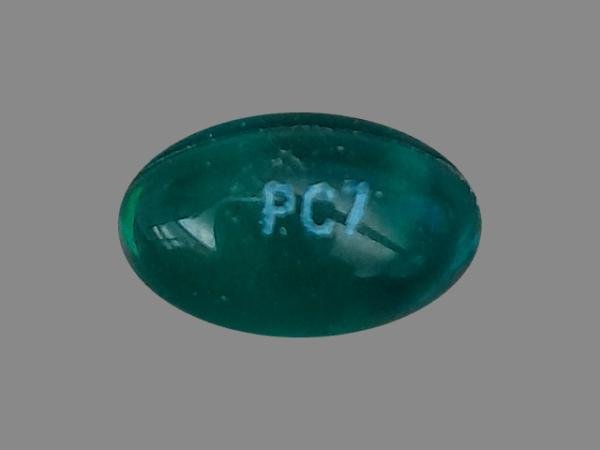Ergocalciferol Dosage
Medically reviewed by Drugs.com. Last updated on Oct 3, 2023.
Applies to the following strengths: 200 mcg/mL; 50,000 intl units; 500000 intl units/mL; 625 mcg; 50 mcg; 10 mcg
Usual Adult Dose for:
Usual Geriatric Dose for:
Usual Pediatric Dose for:
Additional dosage information:
Usual Adult Dose for Hypoparathyroidism
50,000 to 200,000 international units (1250 to 5000 mcg) orally daily, concomitantly with calcium lactate 4 g, six times per day
Comments:
- The range between therapeutic and toxic doses is narrow.
- Dosage must be individualized under close medical supervision.
- Calcium intake should be adequate.
- Monitor blood calcium and phosphorus every 2 weeks, or more frequently if necessary.
Usual Adult Dose for Rickets
12,000 to 500,000 international units (300 to 12,500 mcg) orally daily
Comments:
- The range between therapeutic and toxic doses is narrow.
- Dosage must be individualized under close medical supervision.
- Calcium intake should be adequate.
- Monitor blood calcium and phosphorus every 2 weeks, or more frequently if necessary.
- X-ray bones monthly until condition is corrected and stabilized.
Usual Adult Dose for Familial Hypophosphatemia
12,000 to 500,000 international units (300 to 12,500 mcg) orally daily
Comments:
- The range between therapeutic and toxic doses is narrow.
- Dosage must be individualized under close medical supervision.
- Calcium intake should be adequate.
- Monitor blood calcium and phosphorus every 2 weeks, or more frequently if necessary.
- X-ray bones monthly until condition is corrected and stabilized.
Usual Adult Dose for Vitamin/Mineral Supplementation
Recommended Daily Allowance: 15 mcg (600 international units) daily
Tolerable Upper Intake Level: 100 mcg (4000 international units) daily
Usual Geriatric Dose for Vitamin/Mineral Supplementation
Recommended Daily Allowance:
Up to 70 years: 15 mcg (600 international units) orally daily
Over 70 years: 20 mcg (800 international units) orally daily
Tolerable Upper Intake Level: 100 mcg (4000 international units) daily
Usual Pediatric Dose for Rickets
12,000 to 500,000 international units (300 to 12,500 mcg) orally daily
Comments:
- Pediatric doses must be individualized.
- The range between therapeutic and toxic doses is narrow.
- Dosage must be individualized under close medical supervision.
- Calcium intake should be adequate.
- Monitor blood calcium and phosphorus every 2 weeks, or more frequently if necessary.
- X-ray bones monthly until condition is corrected and stabilized.
Usual Pediatric Dose for Familial Hypophosphatemia
12,000 to 500,000 international units (300 to 12,500 mcg) orally daily
Comments:
- Pediatric doses must be individualized.
- The range between therapeutic and toxic doses is narrow.
- Dosage must be individualized under close medical supervision.
- Calcium intake should be adequate.
- Monitor blood calcium and phosphorus every 2 weeks, or more frequently if necessary.
- X-ray bones monthly until condition is corrected and stabilized.
Usual Pediatric Dose for Hypoparathyroidism
50,000 to 200,000 international units (1250 to 5000 mcg) orally daily, concomitantly with calcium lactate 4 g, six times per day
Comments:
- Pediatric doses must be individualized.
- The range between therapeutic and toxic doses is narrow.
- Dosage must be individualized under close medical supervision.
- Calcium intake should be adequate.
- Monitor blood calcium and phosphorus every 2 weeks, or more frequently if necessary.
Usual Pediatric Dose for Vitamin/Mineral Supplementation
Recommended Daily Allowance:
0 to 12 months: 10 mcg (400 international units) orally daily
1 year and older: 15 mcg (600 international units) orally daily
Tolerable Upper Intake Level:
- 0 to 6 months: 25 mcg (1000 international units) daily
- 7 to 12 months: 38 mcg (1500 international units) daily
- 1 to 3 years: 63 mcg (2500 international units) daily
- 4 to 8 years: 75 mcg (3000 international units) daily
- 9 years and older: 100 mcg (4000 international units) daily
Renal Dose Adjustments
Data not available
Liver Dose Adjustments
Data not available
Dose Adjustments
Pregnancy/Lactation:
- The US Recommended Daily Allowance for pregnancy or lactation is 15 mcg (600 international units) per day.
- The Tolerable Upper Intake Level for pregnancy or lactation is 100 mcg (4000 international units) per day.
Dialysis
Data not available
Other Comments
Storage requirements:
- Store at controlled room temperature
General:
- The range between therapeutic and toxic doses is narrow.
- The effects of vitamin D can persist for 2 or more months after cessation of treatment.
Monitoring:
- Monitor blood calcium and phosphorus every 2 weeks, or more frequently if necessary.
More about ergocalciferol
- Check interactions
- Compare alternatives
- Pricing & coupons
- Reviews (32)
- Drug images
- Side effects
- During pregnancy
- Drug class: vitamins
- En español
Patient resources
Other brands
Professional resources
Other brands
Related treatment guides
See also:
Further information
Always consult your healthcare provider to ensure the information displayed on this page applies to your personal circumstances.

